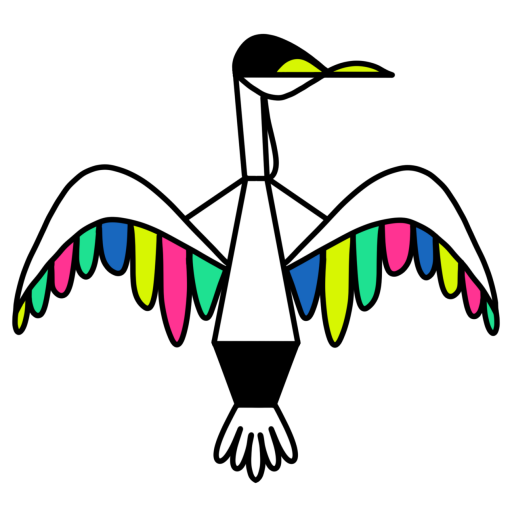25 km of kayaking to the end of the river Senne
Earlier, we discovered the river Senne by kayak from Halle to Brussels and during a 9 km underground trip in Brussels. Now it was time to continue our exploration of the river, this time from Brussels to the end of the river at Zennegat. Right at the spot where we came out of the water after our underground kayaking trip, we went into the water to continue from there. We started early in the morning because there were 25 km to cover, with the possibility of some counter-current due to the tides that affect the Senne. The starting point was just before the sewage treatment plant, a place where you could get a good view on the volume of purified water entering the Senne from the treatment plant. This volume, along with that of the Brussels South sewage treatment plant, accounts for a significant portion of the river’s flow. Normally, the river flows at a rate of about 5 m3/s, but a few days prior to our journey, a record was broken since measurements began in 2007. Due to heavy rain, the flow rate shot up to 64 m3/s within a span of 3 hours, an enormous flow rate.
From Brussels to Vilvoorde, the river is hidden in most places, enclosed between concrete or steel banks. Until you come across a tunnel, the Senne also flows 1,5 km underground in Vilvoorde. Accompanied by divers, we also passed through this tunnel where it was completely dark. It was the first time that kayaks had passed through, just like in the Brussels tunnels. Large cloths are hung at the entrances and exits of this tunnel to keep mosquitoes inside, but there were none to be seen during our passage. After Vilvoorde, the banks change to natural banks, and the river becomes more visible, you can cycle along its shores. At one point, you have to choose between two branches. Near Weerde, a new branch was created in the past to protect Weerde from flooding. We took the old, original branch of the river, which is longer, more beautiful, and meanders. It was there that we noticed that the river was polluted there as well, just like along its entire length. There was floating trash, but also items like wet wipes that get caught in the vegetation, a result of sewer overflows.
After our lunch break, we noticed that our kayaks were completely out of the water on the rocks where we had left them in the water. In the meantime, the tides had drastically lowered the river’s level. From there, the river flows almost straight, clearly no longer following its original path, all the way to the end at Zennegat. We arrived there after 8 hours and 25 km of kayaking. Just like our other two journeys, it was a magical way to get to know the river. And once again, we couldn’t help but notice that the river is still polluted, even far outside Brussels. There is still much work to be done to make the river a clean and healthy place. Strong investments are needed to address sewer overflows, and direct discharges must be completely stopped.
You can watch the video of our journey from Halle to Brussels here and the 9 km underground journey in Brussels here.
